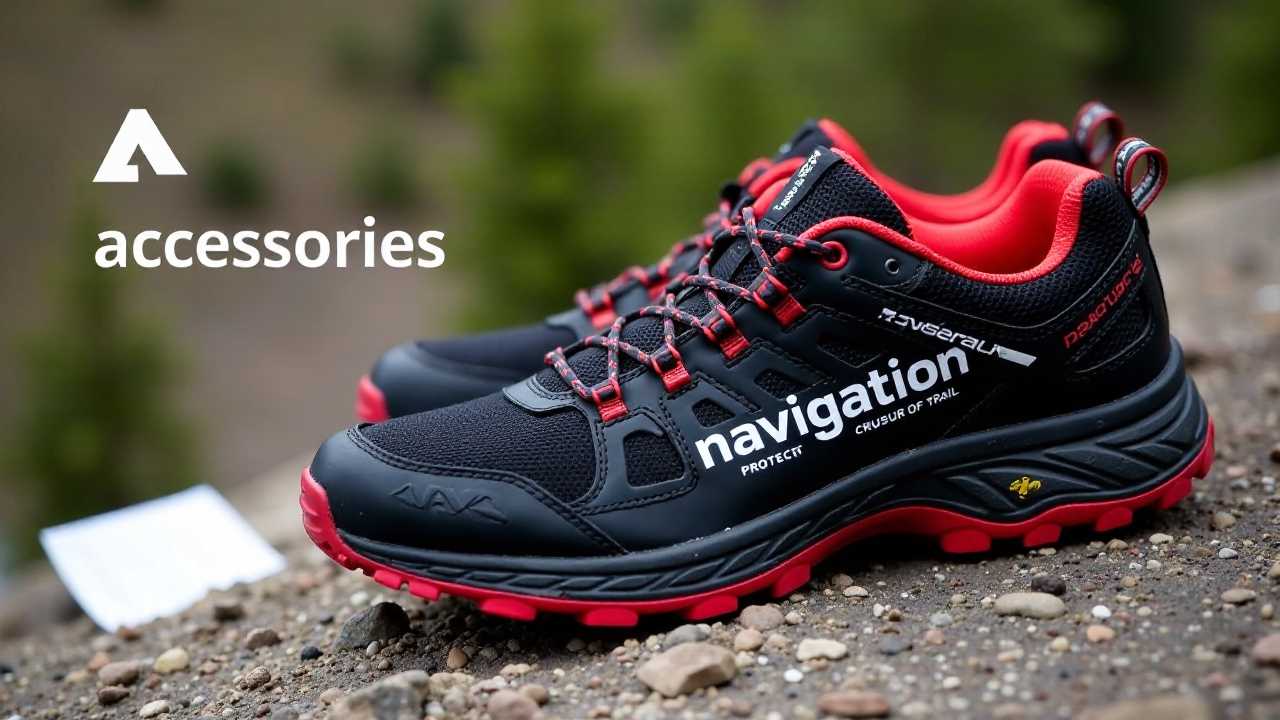
Understanding Trail Running Gear
Trail running is an exhilarating sport that combines the thrill of running with the beauty of nature. To fully enjoy this experience, having the right trail running gear is paramount. This gear not only enhances performance but also ensures safety and comfort on various terrains. In this guide, we will cover the essential components of trail running gear, including footwear, hydration, apparel, accessories, navigation, and safety.
Footwear: The Foundation of Your Trail Running Gear
Choosing the right footwear is critical for any trail runner. Trail running shoes differ significantly from road running shoes, as they are designed to provide better traction, support, and durability on uneven surfaces.
When selecting trail running shoes, consider the following factors:
- Traction: Look for shoes with aggressive lugs on the outsole to grip various terrains, including mud, rocks, and loose gravel.
- Cushioning: Depending on your preference, choose shoes that offer adequate cushioning for comfort during long runs or minimal cushioning for a more connected feel with the ground.
- Fit: Ensure a snug fit to prevent blisters and discomfort. It's advisable to try shoes on with the socks you plan to wear during your runs.
- Water Resistance: If you often run in wet conditions, consider waterproof options to keep your feet dry.
Investing in high-quality trail running shoes will significantly enhance your performance and reduce the risk of injury.
Hydration: Staying Hydrated on the Trails
Proper hydration is vital for maintaining energy levels and preventing fatigue during trail runs. The amount of water you need depends on various factors, including the length of your run, weather conditions, and individual sweat rates.
Here are some hydration options to consider:
- Hydration Packs: These are convenient for longer runs, allowing you to carry water and other essentials comfortably on your back.
- Water Bottles: Lightweight and easy to carry, water bottles can be stored in pockets or attached to your belt.
- Electrolyte Drinks: For extended runs, consider electrolyte drinks to replenish lost minerals and maintain stamina.
Plan your hydration strategy before heading out, ensuring you have enough fluids to last the duration of your run.
Apparel: Dressing for Success
Choosing the right apparel is essential for comfort and performance in trail running. The right clothing can help regulate body temperature, wick away moisture, and protect against the elements.
Consider the following when selecting your trail running apparel:
- Moisture-Wicking Fabrics: Look for materials that draw sweat away from the body, keeping you dry and comfortable.
- Layering: Dress in layers to adapt to changing weather conditions. A moisture-wicking base layer, an insulating mid-layer, and a waterproof outer layer can be effective.
- UV Protection: If running in sunny conditions, opt for clothing with UV protection to shield your skin from harmful rays.
- Seamless Design: Choose apparel with minimal seams to reduce the risk of chafing during long runs.
Investing in high-quality trail running apparel will enhance your overall experience and keep you comfortable on the trails.
Accessories: Enhancing Your Trail Running Experience
Accessories play a vital role in trail running, providing convenience and safety. Here are some essential accessories to consider:
- Running Belt: A lightweight running belt can hold your phone, keys, and snacks, keeping your hands free.
- Headlamp: If you plan to run in low-light conditions, a reliable headlamp is crucial for visibility and safety.
- Sunglasses: Protect your eyes from UV rays and debris with a good pair of sunglasses designed for sports.
- Running Watch: A GPS-enabled running watch can help track your distance, pace, and elevation, providing valuable data for your training.
These accessories can make your trail running experience more enjoyable and efficient.
Navigation: Finding Your Way on the Trails
Effective navigation is essential for trail runners, especially when exploring unfamiliar routes. Knowing how to navigate can prevent getting lost and ensure a safe running experience.
Here are some navigation tools to consider:
- GPS Devices: Handheld GPS devices or smartphone apps can provide real-time location tracking and route mapping.
- Trail Maps: Carrying a physical map of the area can be helpful in case of technology failure.
- Compass: A traditional compass can be a reliable backup for navigation, especially in remote areas.
Familiarize yourself with the trails you plan to run and have a navigation plan in place.
Safety: Prioritizing Your Well-Being
Safety should always be a priority when trail running. Being prepared for potential hazards can make a significant difference in your overall experience.
Consider the following safety tips:
- Inform Someone: Always let someone know your planned route and expected return time.
- Run with a Buddy: Whenever possible, run with a partner for added safety and support.
- Know Your Limits: Be aware of your fitness level and choose trails that match your abilities.
- Emergency Kit: Carry a small emergency kit with essentials like a first-aid bandage, whistle, and multi-tool.
By prioritizing safety, you can enjoy the thrill of trail running while minimizing risks.
In summary, having the right trail running gear is essential for an enjoyable and safe experience on the trails. From selecting the appropriate footwear and ensuring proper hydration to choosing the right apparel, accessories, and navigation tools, each component plays a crucial role in your performance. By prioritizing safety and preparation, you can fully immerse yourself in the beauty of nature while enjoying the exhilarating sport of trail running.
 SportsHollywoodLifestyleFashionHome & GardenTrendsPrivacy PolicyTerms And Conditions
SportsHollywoodLifestyleFashionHome & GardenTrendsPrivacy PolicyTerms And Conditions
